Michael Smuss passed away, aged 99, at a care home in Israel.
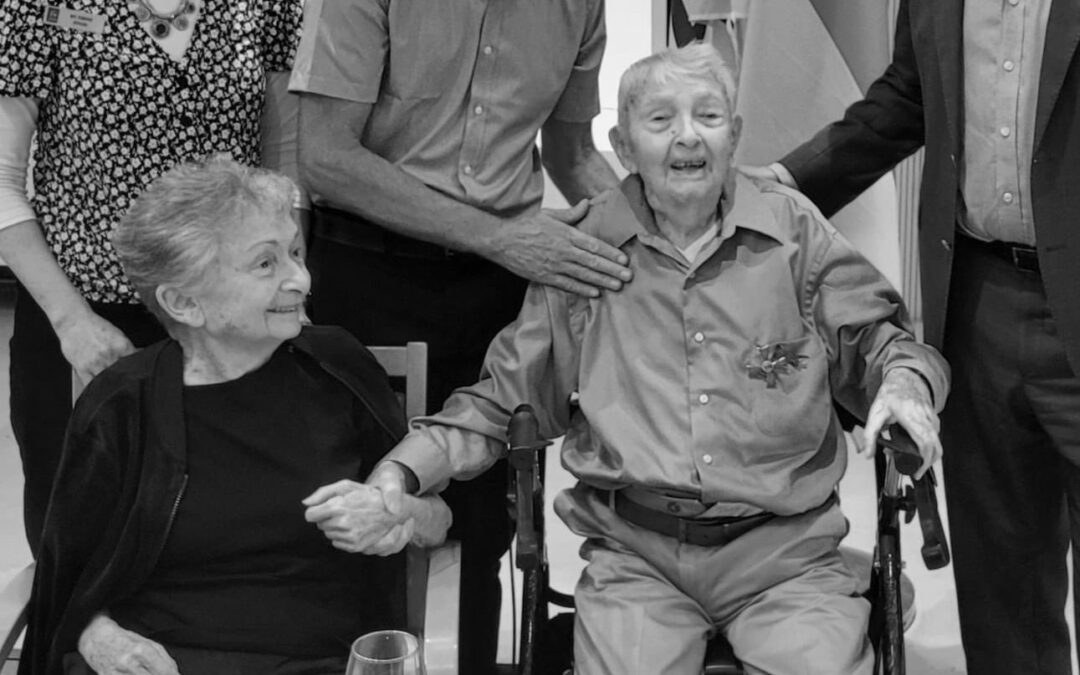

Michael Smuss passed away, aged 99, at a care home in Israel.
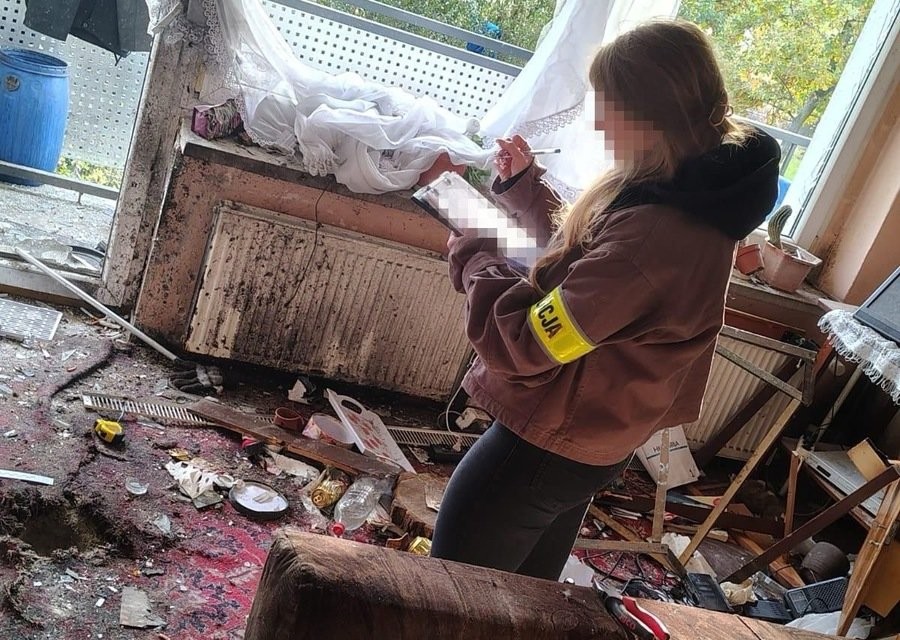
The owner of the apartment said he had found the artillery shell in the forest years ago and brought it home.
We are an independent, nonprofit media outlet, funded through the support of our readers.
If you appreciate the work we do, please consider helping us to continue and expand it.
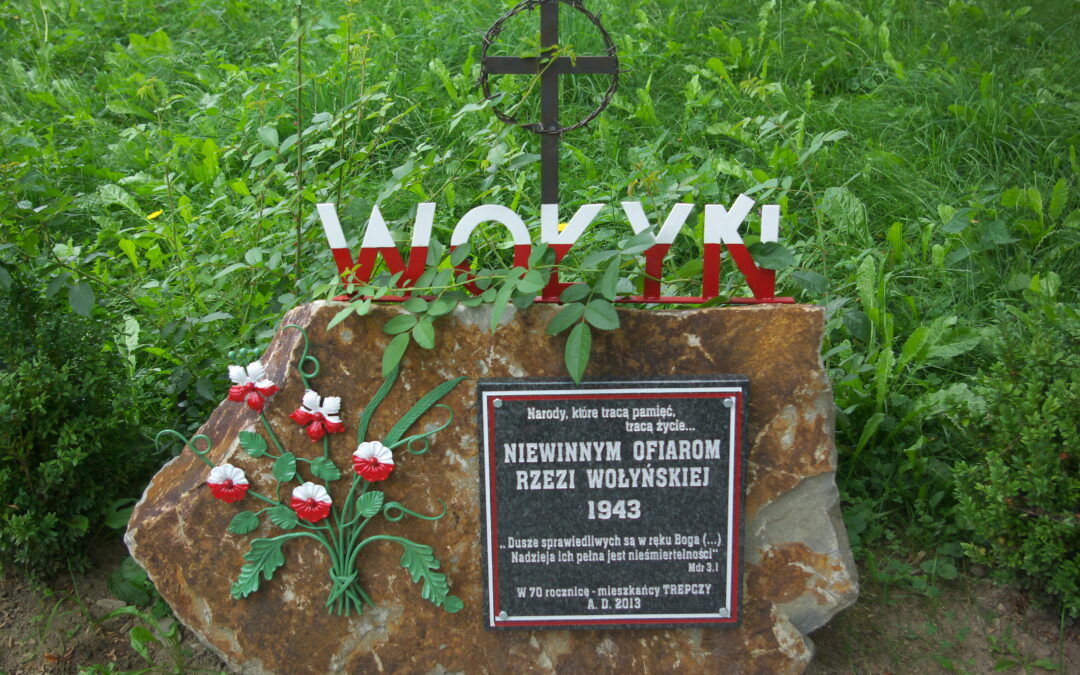
In now-deleted tweets, Ukraine’s ambassador said it was “unacceptable” for Poland to tell Ukraine how to deal with its history.
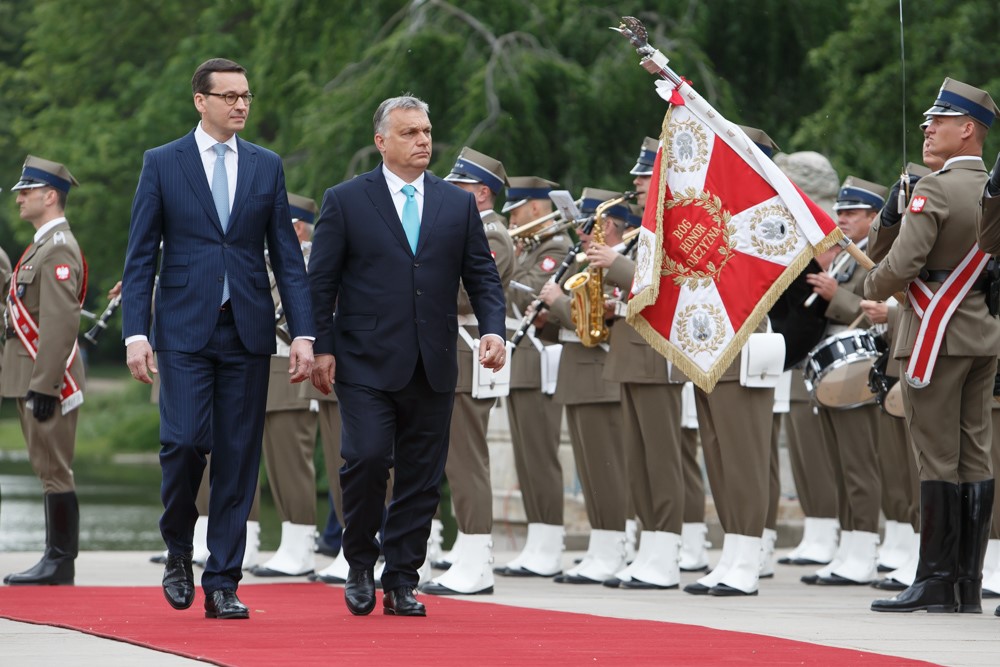
Hungary’s chief of general staff claimed WWII was a “local German-Polish war” that escalated due to a lack of peace efforts.
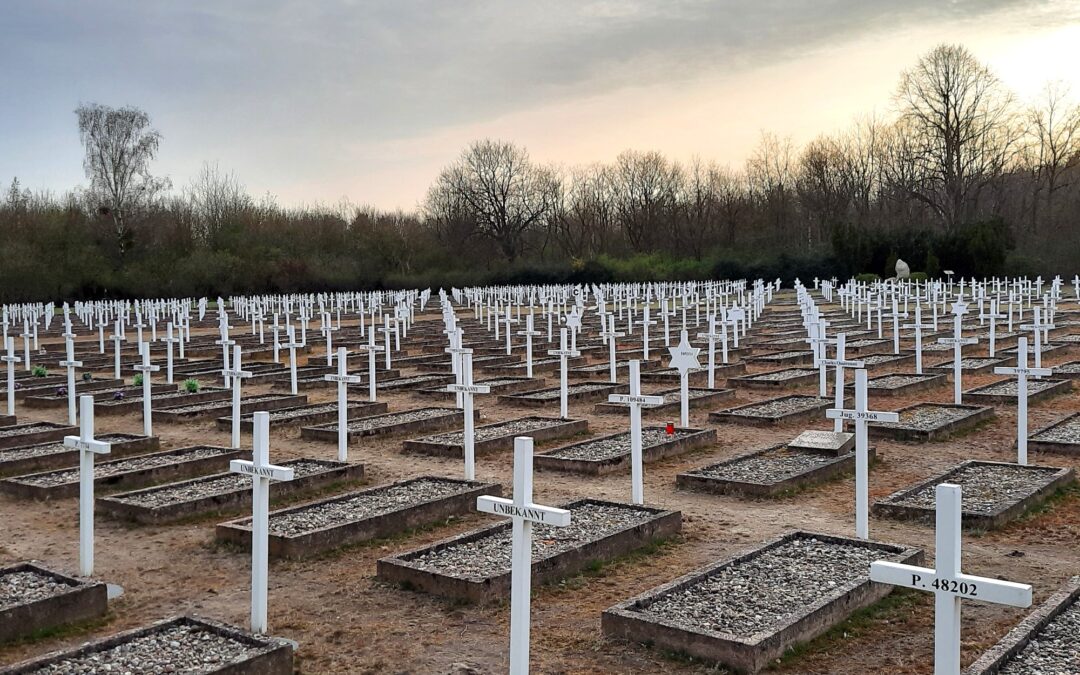
Over 1,000 slave labourers – the largest number of whom were Poles – were burned alive in a barn in the German town of Gardelegen on 13 April 1945.
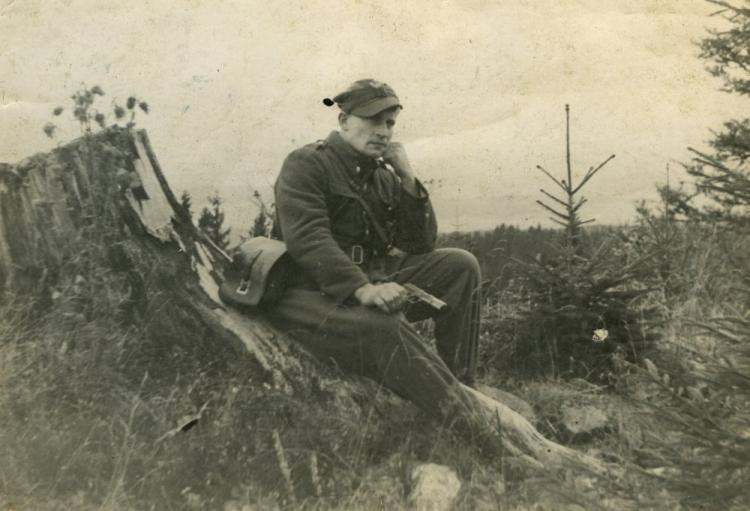
Józef Kuraś, known by his nom-de-guerre Ogień, is regarded by many as a national hero but has also been accused of war crimes.
The Volhynia massacres saw Ukrainian nationalists kill tens of thousands of ethnic Polish civilians during World War Two.
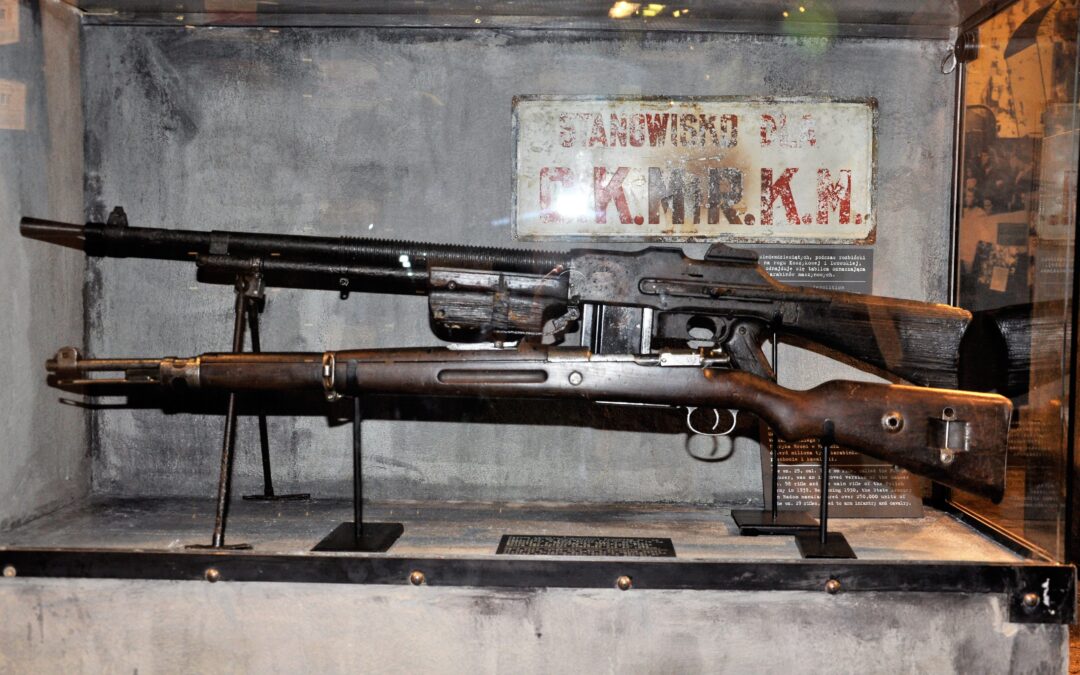
The boy told police that the shot which hit his sister was fired accidentally while he was cleaning the gun.
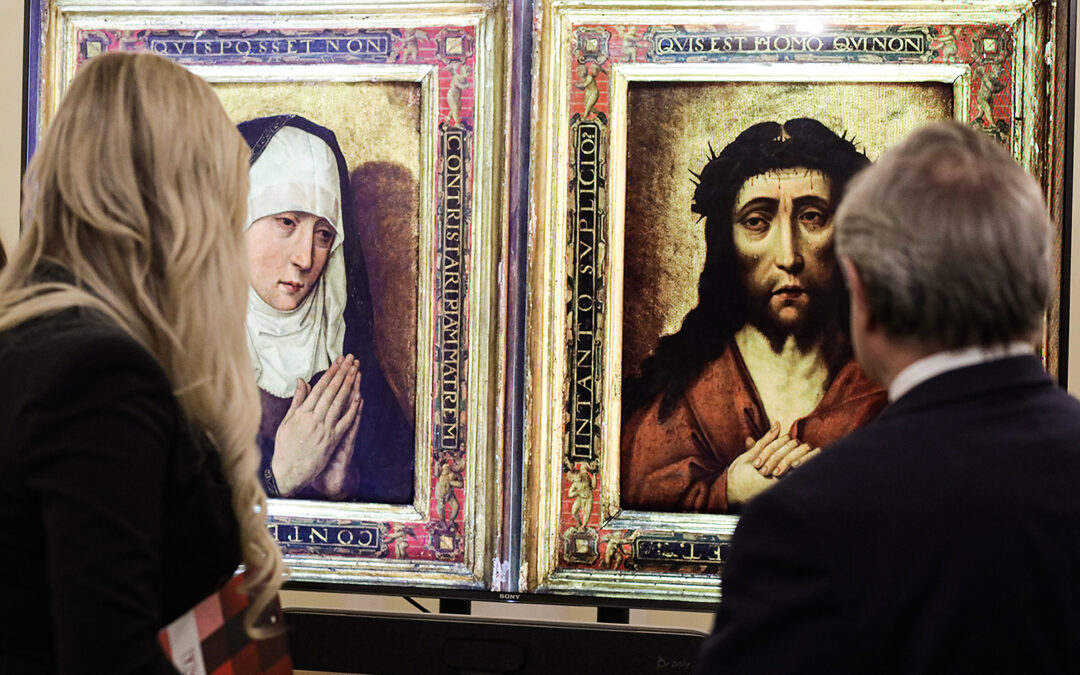
The artworks, dating from the 15th or 16th century, were stolen from Warsaw around the time of the city’s uprising against Nazi-German occupation.
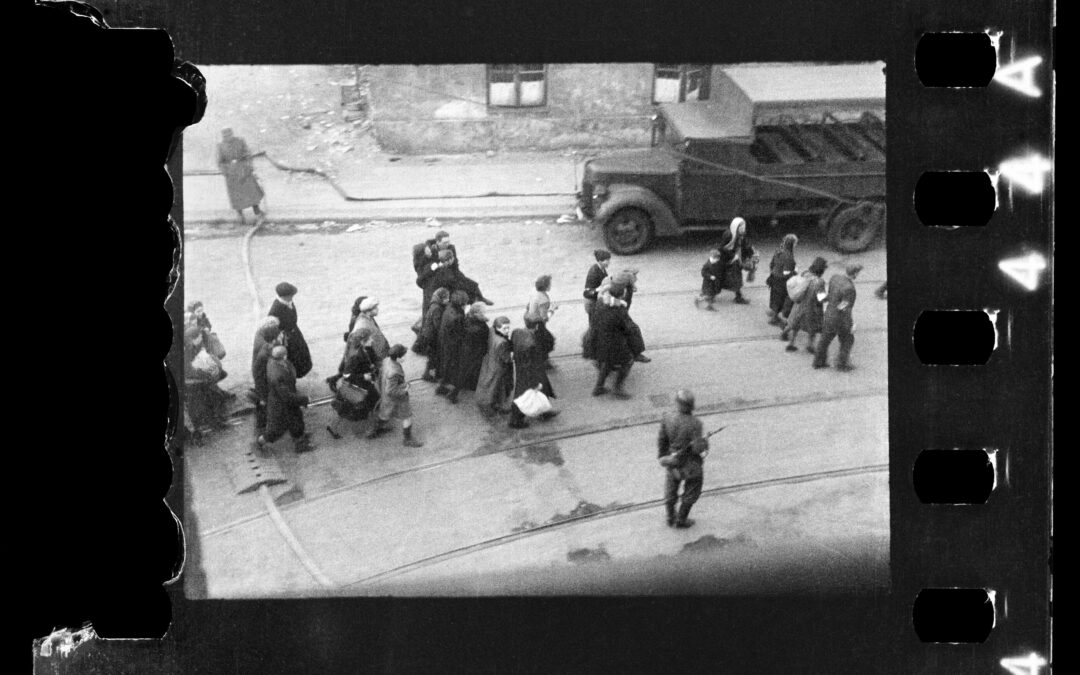
Agnieszka Wądołowska
The images are the only ones known to have been taken by a non-German source during the uprising.
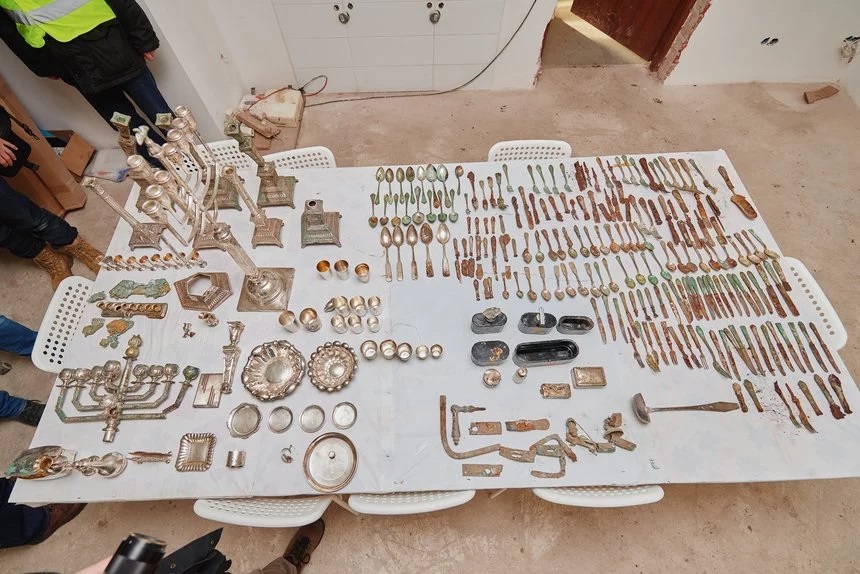
A trove of over 400 items, most likely hidden by Jews during World War Two, has been discovered during the renovation of a historical building in the Polish city of Łódź. The objects, mostly silver-plated household items, will now be transferred to a local museum....

“According to the German government, the matter of reparations and compensation for war losses remains closed,” says Poland’s foreign ministry.
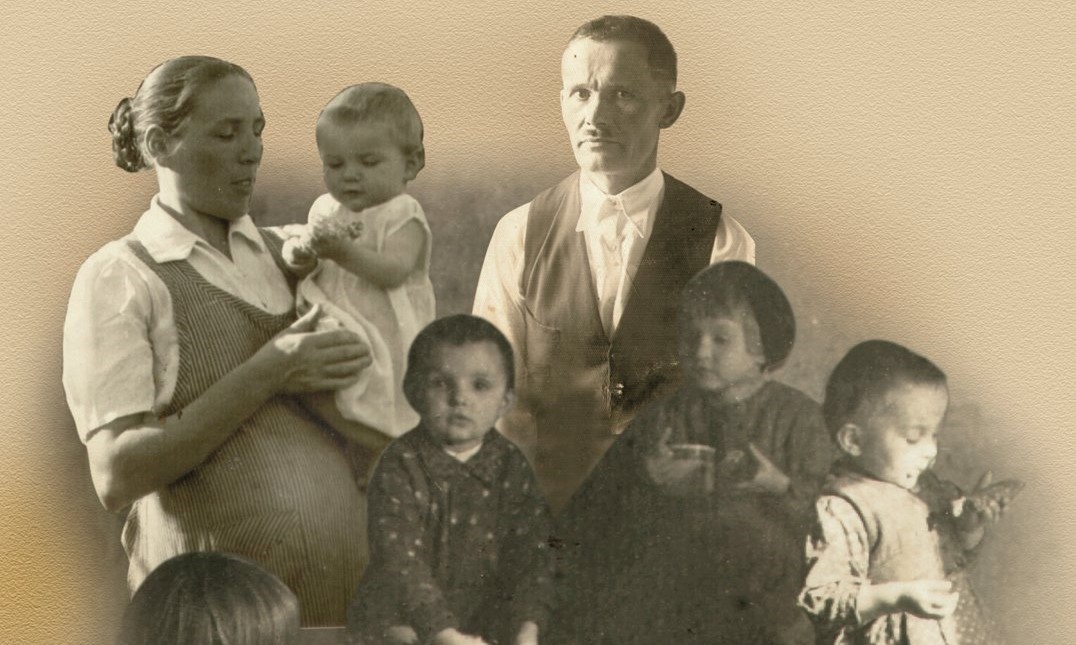
Józef Ulma, his pregnant wife Wiktoria, and their six children were executed by the Germans for sheltering eight Jews.
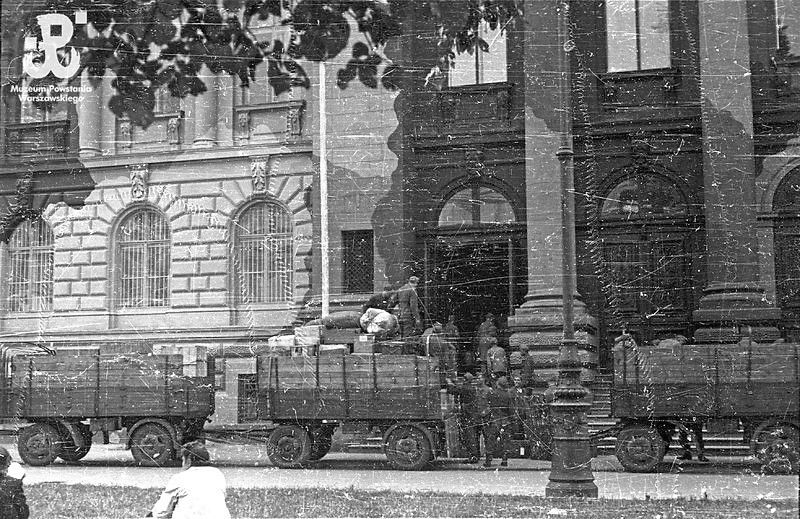
“Today these items are in German homes, mansions, museums,” says Poland’s deputy foreign minister.